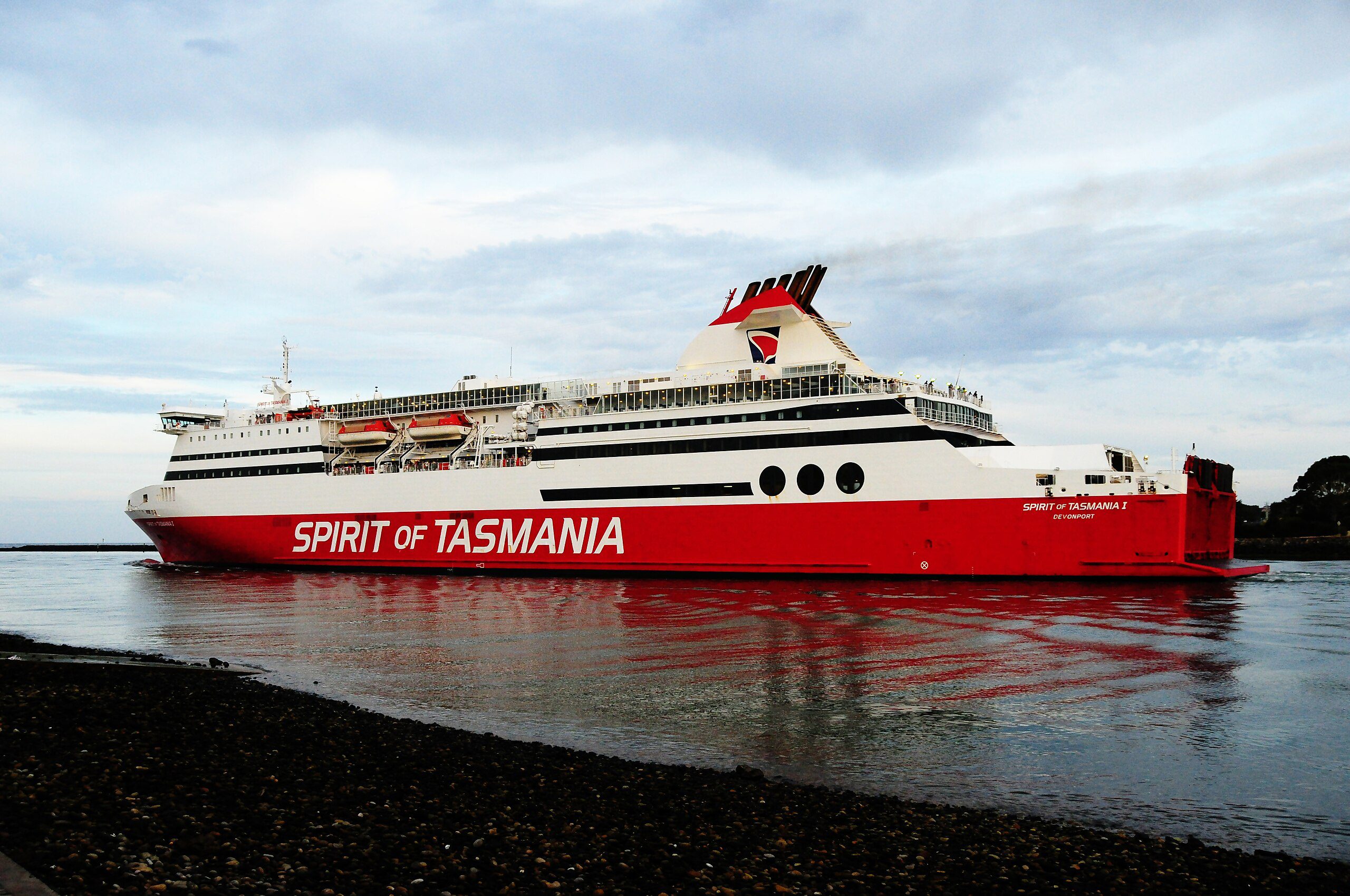The South African Maritime Safety Authority (SAMSA) has reported that the salvage operation for the Panama-flagged general cargo ship, MV Ultra Galaxy, grounded on South Africa’s west coast, has shifted to removing the wreck as soon as possible.
The decision follows a determination that removing the remaining oil and fuel onboard the wreck is no longer feasible.
SAMSA confirmed that a tender for the wreck’s removal has been issued, attracting interest from local and international companies. “The P&I Club issued an invitation to tender to industry last week, with interest from both local and international companies,” SAMSA stated.
The Ultra Galaxy, a 124.56-meter-long vessel built in 2008, ran aground on July 9th after developing a severe list while en route from Malaga, Spain, to Dar es Salaam, Tanzania. All 18 Filipino crew members abandoned the ship and were safely rescued.
SAMSA reported that severe weather has caused the vessel to split in two, rupturing the oil and fuel tanks and causing a spill that has contaminated the sea and a nearby beach.
At the time of grounding, the Ultra Galaxy was carrying a full load of fertilizer in bags. The extreme weather caused the hatch covers to detach, exposing the cargo holds, and the entire load of fertilizer was swept away. SAMSA stated that water samples have shown no negative environmental impact from the dissolved fertilizer.
Regarding the fuel onboard at the time of the incident, SAMSA detailed that the vessel contained 332 tons of Very Low Sulphur Fuel Oil (VLSFO) and 180 tons of Marine Gas Oil (MGO). Salvors managed to remove eight tons of MGO before the vessel broke apart, but the remaining oil spilled due to severe weather, contaminating the nearby beach.
“Given the extent of the damage, the likelihood of any intact fuel tanks remaining on the vessel is highly unlikely,” SAMSA noted. “As a result, the plan to pump the remaining oil from the wreck is no longer feasible.”
With the presumed release and collection of all fuel on the nearby mining beach, SAMSA stated that the operation’s focus has shifted to monitoring and caretaking of the wreckage. Inspections by foot, drone, and helicopter confirmed that the oil on the beaches has been cleaned, with no visible contamination along the coast.
Cleanup crews remain on high alert, particularly near the wreck site, and will stay on-site for the next two storm cycles as a precautionary measure.
With the changing conditions of the wreck, SAMSA indicated that the salvage team would downscale their efforts while continuing to monitor the situation closely.
SAMSA reiterated its commitment to working with relevant authorities and stakeholders to manage the ongoing situation and provide regular updates on progress and new developments.

 Join The Club
Join The Club










